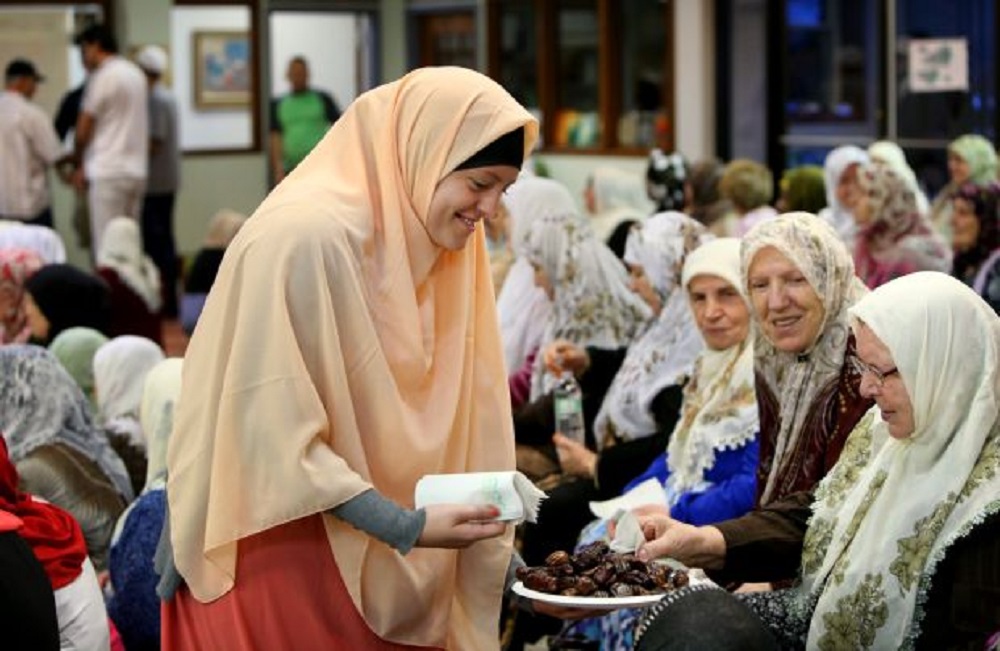Missouri, located in the heart of the United States, is home to a diverse and growing Muslim community that contributes richly to the state’s cultural mosaic. Muslims in Missouri represent a blend of ethnicities, professions, and generations — from early immigrants who settled in St. Louis in the mid-20th century to a new generation of young professionals, students, and business owners.
This article explores the history, demographics, institutions, and economic and cultural impact of Muslims in Missouri.
Historical Presence of Muslims in Missouri
The Muslim presence in Missouri dates back to the early to mid-1900s, when immigrants from the Middle East, North Africa, and South Asia began settling in cities like St. Louis and Kansas City. Many came for educational opportunities or to work in industries that were expanding during that period.
By the 1960s and 1970s, Muslim students began forming Islamic associations at universities such as the University of Missouri (Mizzou), Washington University in St. Louis, and Saint Louis University. These student groups later became the foundation for larger Islamic centers that now serve entire communities.
Demographics and Geographic Spread
Today, Missouri’s Muslim population is estimated to be between 60,000 and 80,000 people, with the largest concentrations in St. Louis, Kansas City, Columbia, and Springfield. The community includes:
-
Immigrant families from countries such as Palestine, Syria, Egypt, Somalia, Bosnia, Pakistan, and India.
-
African American Muslims, who have played a major role in religious and social life, especially in urban centers.
-
Second- and third-generation Muslim Americans, born and raised in Missouri, who are active in education, healthcare, politics, and entrepreneurship.
Religious Institutions and Community Life
Missouri has a well-established network of mosques, Islamic centers, and schools, which serve both religious and social functions. Prominent institutions include:
-
Dar-Al-Islam Mosque (St. Louis) – One of the most architecturally significant mosques in the U.S., completed in 1992.
-
Islamic Center of Kansas City (ICK) – Serving one of the oldest Muslim communities in the Midwest.
-
Islamic Center of Central Missouri (Columbia) – Known for its active student community and interfaith outreach.
-
Al-Salam Day School (St. Louis) – One of the largest Islamic schools in the state.
These institutions offer daily prayers, Islamic education, community services, and interfaith programs that foster understanding and unity with the wider Missouri population.
Economic Contributions and Professions
Muslims in Missouri are engaged in a wide range of professions, including:
-
Healthcare: Many Muslim doctors, pharmacists, and nurses work in hospitals and clinics across the state.
-
Education: Professors, teachers, and researchers play active roles in Missouri’s universities and schools.
-
Small Business and Retail: Halal markets, restaurants, grocery stores, and service businesses have flourished, especially in St. Louis and Kansas City.
-
Agriculture: In rural parts of Missouri, some Muslim families are involved in farming, halal meat production, and agricultural entrepreneurship.
The economic footprint of the Muslim community continues to grow, contributing to local development and job creation.
Cultural Impact and Interfaith Engagement
Missouri’s Muslim community is actively involved in interfaith dialogues, cultural festivals, and charitable activities. Annual events such as open mosque days, Ramadan iftars, and interfaith forums bring together people from diverse backgrounds.
Muslim organizations also partner with churches, synagogues, and civic groups to address issues like poverty, homelessness, and racial justice. These initiatives have helped build bridges of understanding and counter misconceptions about Islam.
Youth and Future Outlook
A defining feature of Missouri’s Muslim community is its young demographic. Muslim youth are increasingly visible in:
-
Student leadership roles on college campuses
-
Community volunteering and civic engagement
-
Entrepreneurial ventures and tech startups
This new generation is shaping a future where Muslims are even more integrated and visible in Missouri’s political, social, and economic life.
Challenges and Resilience
Like Muslim communities across the U.S., Missouri’s Muslims face challenges, including Islamophobia, misinformation, and occasional acts of discrimination. However, strong community organizations, legal advocacy groups, and interfaith allies have worked effectively to defend civil rights and promote mutual respect.

